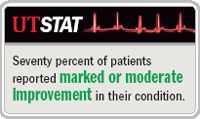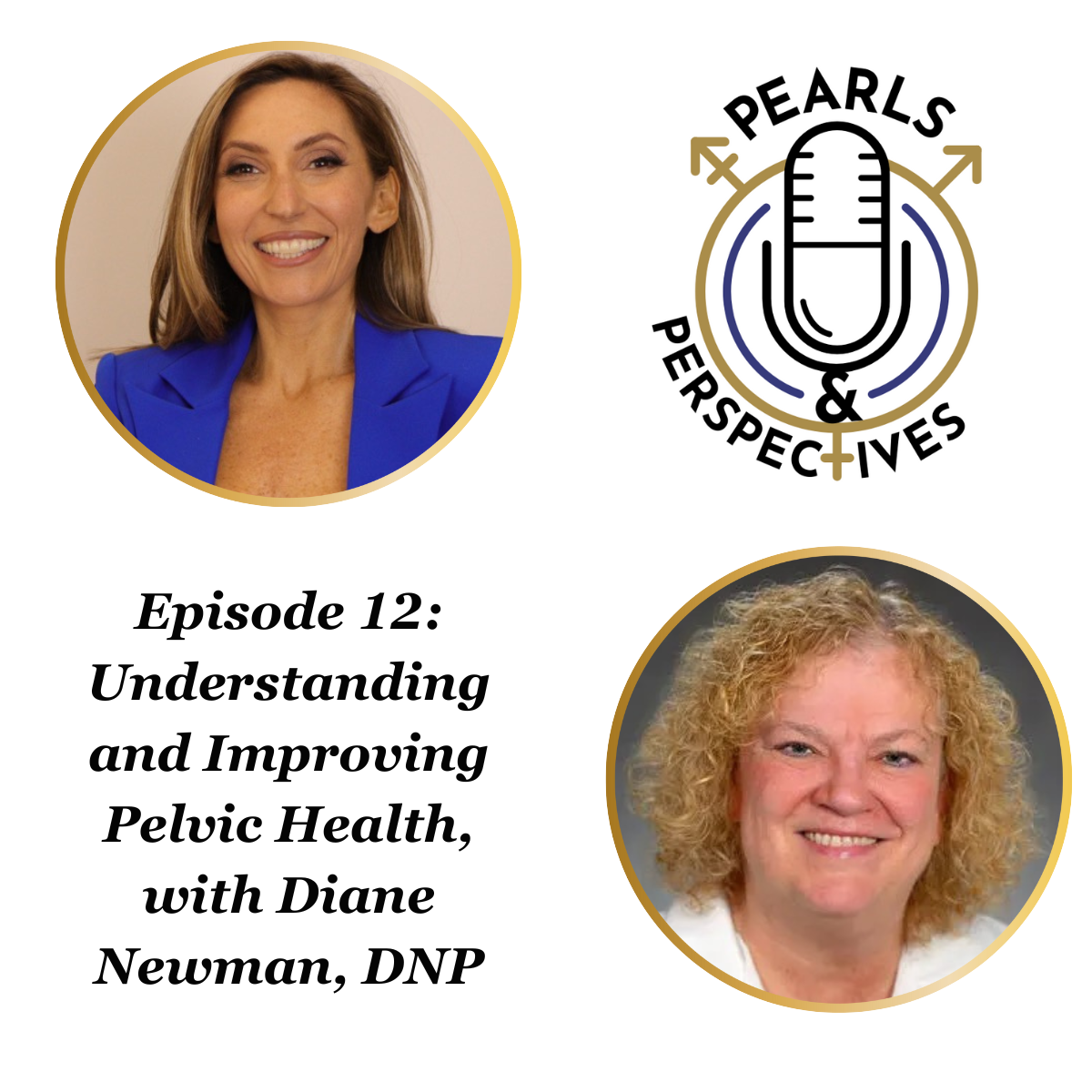Article
Tandem therapies help relieve CP/CPPS symptoms
Author(s):
Atlanta-Chronic prostatitis/chronic pelvic pain syndrome (CP/CPPS) has a huge impact on men's sexuality, but a combination of pelvic muscle trigger point release physiotherapy and relaxation training can go a long way toward improving sexual dysfunction in these men, said Rodney U. Anderson, MD, professor of urology, Stanford University School of Medicine, Stanford, CA.

Last year, Dr. Anderson presented results of a Stanford study of the effects of this therapy on pain, urinary symptoms, and NIH Chronic Prostatitis Symptom Index (CPSI) scores in a group of men with CP/CPPS who were refractory to treatment. This year, the team expanded its research to include sexual dysfunction in men with refractory disease. The 146 men, whose mean age was 42 years, had had their disease for a mean of 74 months and had a mean NIH-CPSI score of 24.8 (out of 43) and a mean pain subscore of 11.3 (out of 20).
Clearly, CP/CPPS took a heavy toll on sexuality: 92% of the men (133) reported one or more sexual dysfunction symptoms. Of these, 56% reported ejaculatory pain or discomfort, 66% reported decreased libido, and 31% reported erectile and ejaculatory dysfunction, Dr. Anderson reported at the AUA annual meeting here.
Physiotherapy treatments were given weekly for 4 weeks, then biweekly for 8 weeks. These treatments involve a combination of external and internal physiotherapy to release myofascial trigger points in pelvic muscles, which are autonomically upregulated muscle areas that are painful to touch.
Palpation of trigger points tends to reproduce pain symptoms at the site or pain referred to a nearby anatomic location. These trigger points are treated with finger pressure for about 60 seconds to release them.
Paradoxical relaxation training, so-called because it includes accepting tension, reduces and modifies patients' habitual tendency to tighten pelvic muscles. It includes progressive relaxation exercises and breathing techniques to quiet anxiety. Most patients received 1 hour of individual verbal instructions and a supervised practice session weekly for 8 weeks. Some participated in a modified protocol, including a 6-day, 30-hour intensive treatment initiation phase. Patients also were advised to practice daily relaxation exercises at home using a series of audiotaped lessons.
On the Global Response Assessment (GRA), patients rated their responses to therapy on a 5-point scale from worse to markedly better; 70% of men reported that their condition was markedly or moderately improved, which was considered to be a clinical success. Overall, mean scores on the Pelvic Pain Symptom Survey (PPSS), an assessment questionnaire used at Stanford, decreased by 50% or better for 39% of patients for pain, 43% for sexual dysfunction, and 38% for urinary complaints, regardless of the initial severity of the symptom before treatment. These responses were associated with significant decreases in both the NIH-CPSI total score and pain subscore (p<.001).
Sexuality improves-for some
The treatment produced encouraging results in improving sexual symptoms. PPSS sexual scores improved 43% in men who said they were markedly improved on the GRA, although sexual scores improved only 10% in men who said their condition was moderately improved.
Improvement of 50% or more in the PPSS was considered to be clinically meaningful and occurred in about 44% to 52% of men overall. In those men, sexual symptoms that were rated as at least moderately bothersome or worse before therapy improved by an average of 77% to 87%. Specifically, 66% of the men reported that they lacked interest in sex before treatment, but post-treatment, 44% had meaningful improvement, with a mean 84% score improvement. Men with ejaculatory pain showed a mean score decrease of 83%. However, in those men having three erectile and ejaculatory dysfunction symptoms concurrently, 41% improved by 50%; only five of 43 had 100% resolution of their symptoms.
Dr. Anderson believes that the relaxation training has the effect of quieting autonomic responses, and he referred to two other studies presented during the AUA session that showed evidence of abnormal sympathetic input response in men with CP/CPPS.
Newsletter
Stay current with the latest urology news and practice-changing insights — sign up now for the essential updates every urologist needs.
















